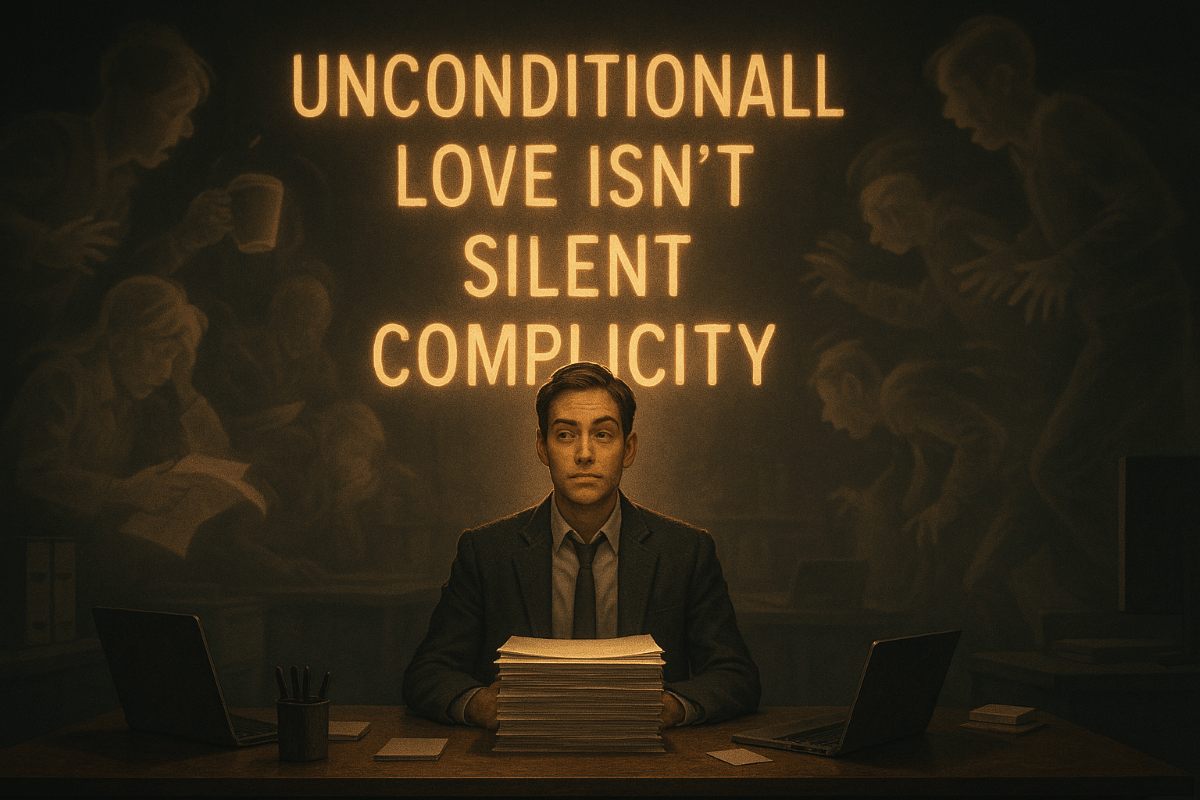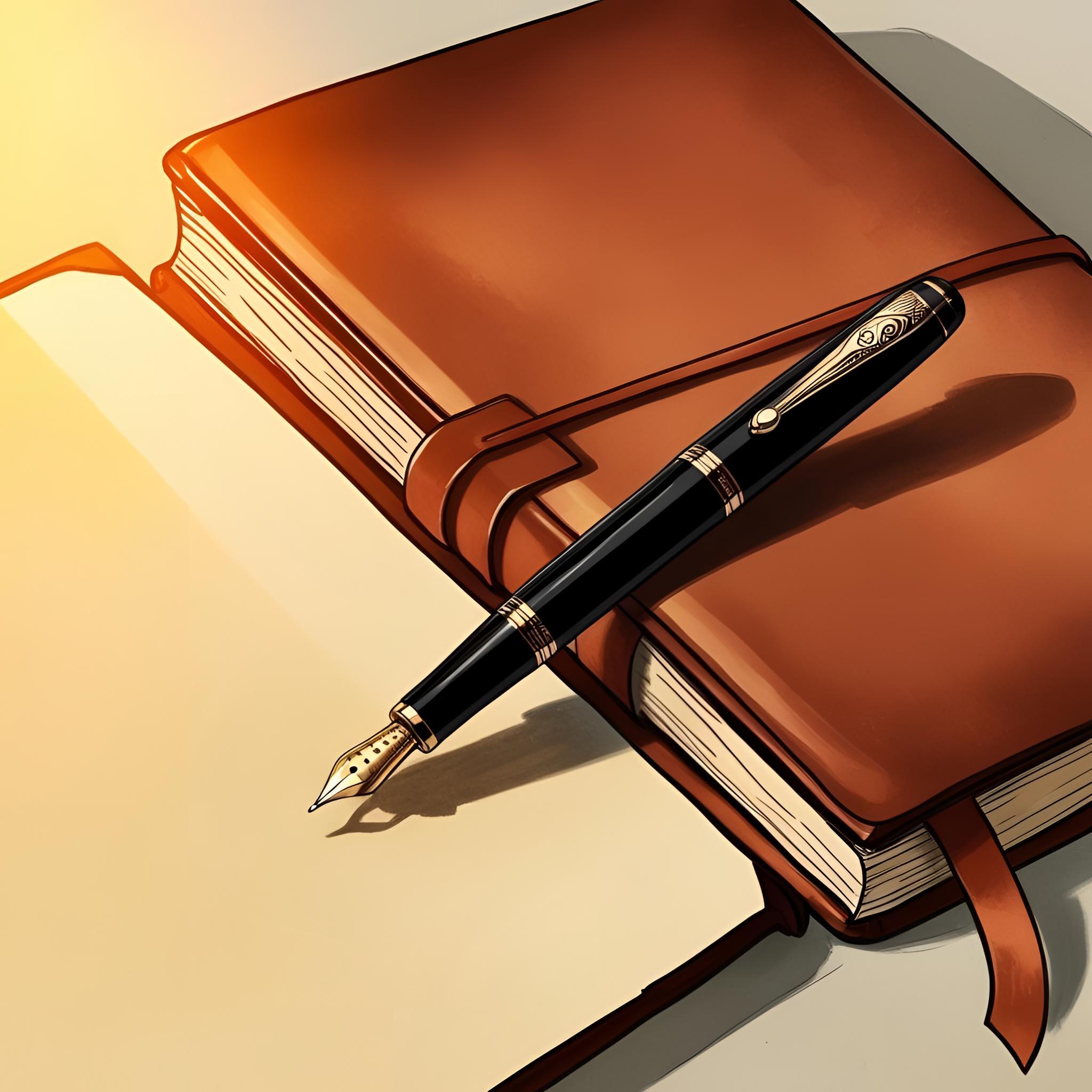So, you’ve written a book. Congratulations. That was the easy part.
Now comes the real work: editing, the brutal, beautiful, unsung art of rewriting your story until it’s lean, electric, and alive.
This isn’t a “run spellcheck and hope” kind of guide. This is the deep-dive, spine-cracking, truth-facing approach. If your words can’t stand up to this, they don’t belong in the final cut.
1. Structural Editing (The Story-Level Stuff)
What it is: The skeleton. The beating heart. The reason your reader turns the page.
- Does every scene earn its place?
- Are your characters consistent, flawed, and growing?
- Does the tension build? Do the stakes rise?
- Are there gaps, plot holes, or vanishing subplots?
- Does the ending pay off what the beginning promised?
How to attack it:
- Read on screen.
- Read a printed version.
- Summarise each chapter in one sentence.
- Listen to your book via text-to-speech.
- Read aloud in a flat voice, no acting allowed. If it doesn’t sing, rewrite it.
Pro Tip: Don’t let performance carry weak writing. If it only works when “performed,” it’s not strong enoug
2. Line Editing (The Sentence Craft)
What it is: The flow, the rhythm, the texture of your voice.
- Are the sentences smooth or clunky?
- Is your tone consistent, or does it slip into pastiche?
- Are you filtering? (“She felt…” vs. “Pain tore through her.”)
- Is your word choice vivid or just verbose?
- Are your metaphors working… or working too hard?
Tools and tricks:
- Read aloud (again, flat voice).
- Use ChatGPT or ProWritingAid to spot overwriting.
- Colour-code scenes (dialogue, action, description).
- Replace five dull verbs per page with sharper ones.
3. Copy Editing (The Fix-It Layer)
What it is: The grammar, spelling, formatting, and consistency.
- Grammar? Clean.
- Dialogue punctuation? Consistent.
- Oxford commas? Pick a side and stick to it.
- Character names? Spelt the same in every scene?
- Timeline logic? (Yes, moons can’t wax and wane in two days.)
Tools: Microsoft Word, Grammarly, Quillbot, ChatGPT.
Bonus: Create a style sheet as your personal rulebook.
4. Sound and Flow Testing
What it is: Testing your words by how they sound and feel, not just how they read.
- Read aloud in monotone: if it drags, it dies.
- Use text-to-speech: awkward phrases pop out.
- Record yourself and listen later like it’s someone else’s work.
- Skim the page visually: are your paragraphs breathing or suffocating?
Strange but true: Weak dialogue hides in long paragraphs.
5. Get Some Distance
The single most powerful editing tool is time.
- Leave your manuscript alone for 2–4 weeks.
- Work on something else entirely.
- Return with a brutal question: “Is Chapter 6 necessary?”
This isn’t abandonment, it’s clarity through forgetting.
6. Beta Testing (External Eyes)
Let trusted readers test your manuscript before unleashing it on the world.
- Ask specific questions, structure, tone, pacing, etc.
- Use writer friends for chapter swaps.
- Try “reverse beta-reading”: explain the story out loud to someone and spot the gaps.
7. Formatting Check (The Final Sweep)
Before you call it done:
- Fonts, spacing, and indents: consistent.
- Dialogue formatting: correct.
- Orphans and widows: tamed.
- Export to PDF and read it like a real reader; on phone, tablet, Kindle, etc.
Bonus Round: Experimental Tricks
- Change the font and background colour to trick your brain.
- Print double-spaced and read backwards, line by line.
- Rate each scene’s tension or emotional impact from 1–10.
- Summarise every chapter in a tweet (280 characters). If you can’t, it’s bloated or aimless.
Final Word
Editing isn’t cleanup. It’s demolition and resurrection.
It’s not about making your book “better.” It’s about making it true. Cutting away everything that isn’t the story you were meant to tell.
You don’t need to be gentle with your work. You need to be honest. Because if you won’t tear it apart to make it great, who will?
Subscribe
The Inner Orbit
We value your trust!
Your address is safe in the vault.
We’ll only use it to send you letters worth opening; no spells, no spam, no secret salesmen.
























